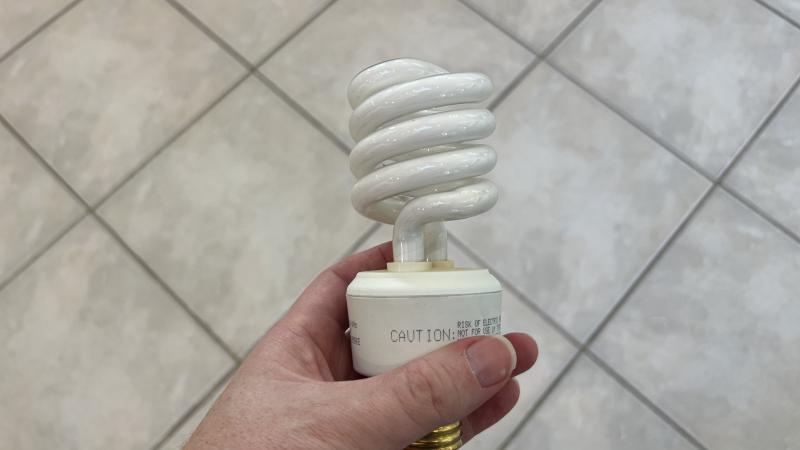California increasingly shutting off wind, solar farms due to lack of power lines
When supply exceeds demand, a lack of transmission lines means the electricity has nowhere to go. So, California grid operators are shutting down wind and solar farms more than ever.
California’s buildout of wind and solar farms is exceeding the ability of its grid to handle all the electricity during periods of high production and low demand.
The U.S. Energy Information Administration reported Monday that curtailments, which is when wind and solar farms are deliberately shut down, increased to peak levels in 2023.
The California Independent System Operator, which operates the electricity grid for much of the state, has steadily curtailed the amount of electricity from wind and solar farms that flows through its system.
The decreases appear to be situational, not a steady process, and are the result of the state not having enough power lines to carry all the electricity produced by wind and solar farms, the EIA report stated.
These curtailments, for example, typically reach their peak in spring, when the weather is mild and demand on the grid is low.
In May 2015, CAISO curtailed 41,140 megawatt hours of electricity from wind and solar farms. In April 2023, curtailment on those farms totaled 702,883 megawatts of electricity.
A 100-watt bulb consumes 100 watt hours of electricity every hour, so 702,883 megawatt hours is enough to power 7 billion 100-watt light bulbs for an hour.
According to the International Energy Agency, the world needs to build 50 million miles of transmission lines by 2040 in order to meet the global emission reduction targets laid out in the Paris Agreement.
















